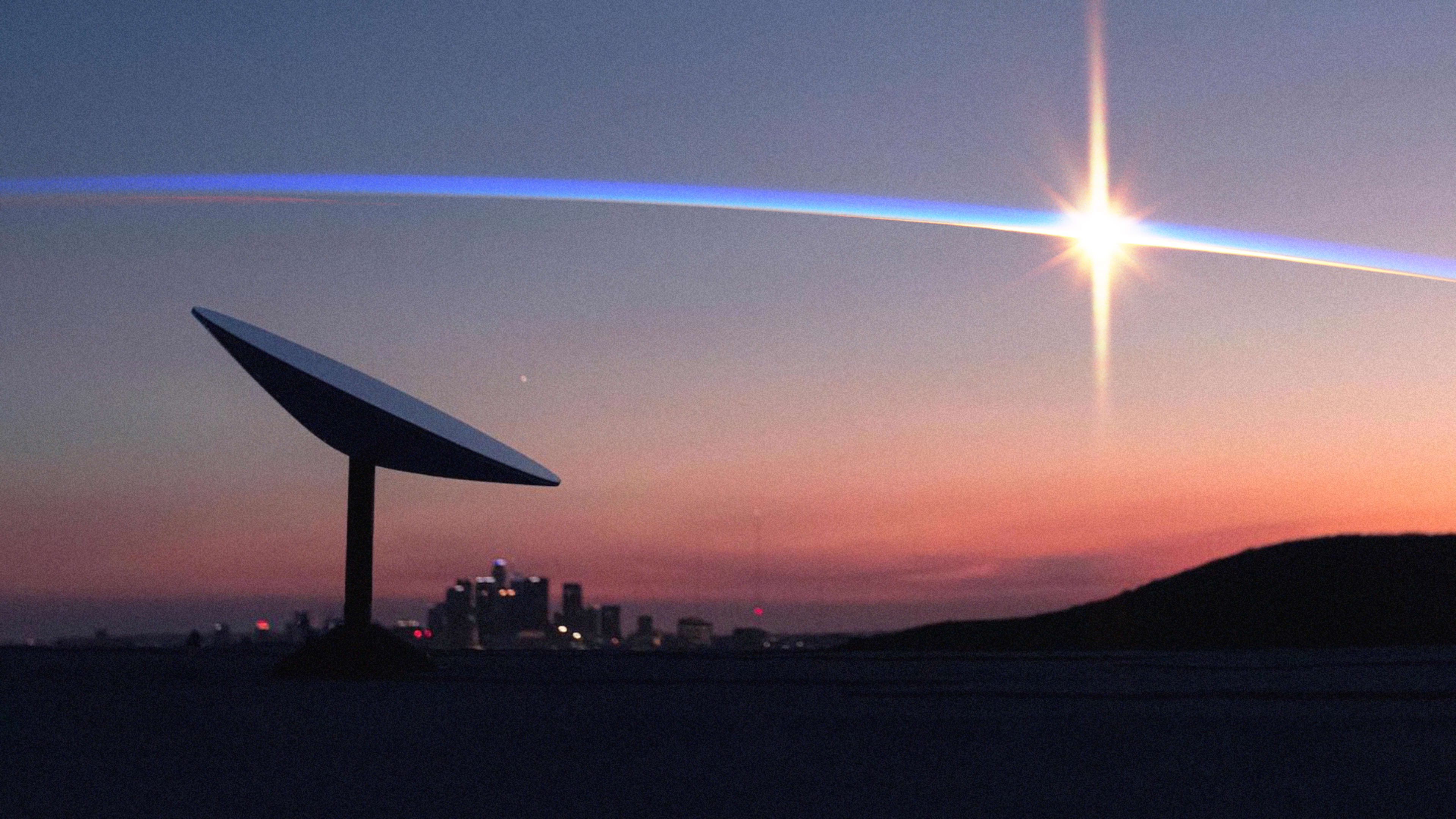Elon Musk’s Starlink satellite broadband has raised some ungrounded expectations of broadband liberation, but the SpaceX founder’s onscreen talk at Mobile World Congress (MWC) Barcelona knocked them out of orbit and into a fiery reentry—or it should have, except that hope dies hard among people desperate for better connectivity.
“You can think of Starlink as filling in the gaps between 5G and fiber, and really getting into parts of the world that are hardest to reach,” he told interviewer Justin Springham, publisher of Mobile World Live, in a keynote Tuesday at the wireless industry trade show. As in, the last “3%, maybe 5%.”
Musk has offered caveats like these before, such as in his keynote at the Satellite 2020 conference last March in Washington. But his virtual appearance at MWC yielded other grounds for caution, both in what he said and what he did not.
Launching all of Starlink’s low-earth-orbit satellites—Musk said more than 1,500 are now in service—increasingly looks like the easier part of getting the service deployed, thanks to the increasingly low launch costs of SpaceX’s Falcon 9 rocket. That mostly reusable vehicle now dominates the commercial launch market and helps transport astronauts to the International Space Station.
“Last year, I believe SpaceX delivered about two-thirds of all payload to orbit,” Musk said of SpaceX’s success with the Falcon 9, which can deploy 60 Starlink satellites in one launch. The Hawthorne, California, firm has been landing first stages of this two-stage rocket for reuse since 2015 and now retrieves and recycles the fairings that protect its cargo in the lower atmosphere. “The cost of mass to orbit is also the lowest it’s ever been.”
But although those Starlink satellites, about 550 kilometers up, combine to deliver some 30 terabits per second and should offer worldwide coverage except for polar areas by August, Musk warned that this doesn’t necessarily leave much bandwidth for individual subscribers. Especially if they live too close together.
“It’s really meant for sparsely populated regions,” Musk told Springham, who appeared onstage in Barcelona as part of the hybrid format MWC adopted after the pandemic forced its abrupt cancellation last year. Starlink service in the current beta-test program costs $99 a month for download speeds advertised at 50 to 150 Mbps; beta testers have mostly confirmed those download speeds while reporting uploads in the range of 20 Mbps.
Early reviews
Many of Starlink’s early adopters have offered effusive endorsements, but the service’s setup and reliability have caused issues for others. In a review, The Verge’s Nilay Patel called Starlink “very much a beta product that is unreliable, inconsistent, and foiled by even the merest suggestion of trees.”
In its beta state, Starlink does not enforce data caps, but SpaceX and Musk have refrained from confirming that this will continue to be the case when Starlink enters full service. Springham did not try to pin Musk down on this Tuesday.
Musk didn’t offer a subscriber total more specific than a joking comment that Starlink had “recently passed the strategically notable number of 69,420 active users.”
He also did not reveal how many of Starlink’s compact satellite dish receivers had been deployed but confirmed that everybody who paid the $499 list price got an exceptional deal (with the possible unstated exception of users in hot climates who have recently found their receivers overheating).
“That terminal costs us more than $1,000,” Musk said. “Selling terminals at half-price is not super-compelling at scale.”
Starlink is working on cheaper designs that Musk hopes will bring the cost down to $350 or even $250.
It’s also planning to launch upgraded satellites. A version 1.5 model will soon add “satellite-to-satellite laser links” to ensure continuous connectivity, addressing another subject of some early complaints; Musk called a 2.0 satellite design due next year “significantly more capable” without elaborating.
Big-ticket broadband
All of this effort has already cost SpaceX billions of dollars, Musk told Springham. It will have to spend billions more before Starlink can turn cash flow positive based on both individual subscriptions and deals with telecom firms to help fill out their networks in “the most difficult to serve 3% to 5% of the customer base”—usually rural areas.
“It’ll be at least $5 billion, and maybe as much as 10,” he said of Starlink’s budget. “It’s quite a lot.”
Step number one for Starlink is don’t go bankrupt.”
(By way of comparision, NASA budgeted $2.7 billion on its Mars Perseverance rover.)
At the same time, SpaceX is also funding Starship, the fully reusable two-stage rocket designed to carry 100 tons of cargo to low Earth orbit and then make moon and Mars settlements viable. Musk said SpaceX hopes to stage Starship’s first orbital test launch “in the next few months.”
Musk’s comments on that ambitious project should have reminded everybody watching how comparatively modest his own basic goal for Starlink seem.
“Every other low earth orbit constellation ever done has gone bankrupt,” Musk said early in the half-hour talk, citing such past collapses as Iridium. “Step number one for Starlink is don’t go bankrupt.”
Recognize your brand’s excellence by applying to this year’s Brands That Matter Awards before the final deadline, June 7.
Sign up for Brands That Matter notifications here.
